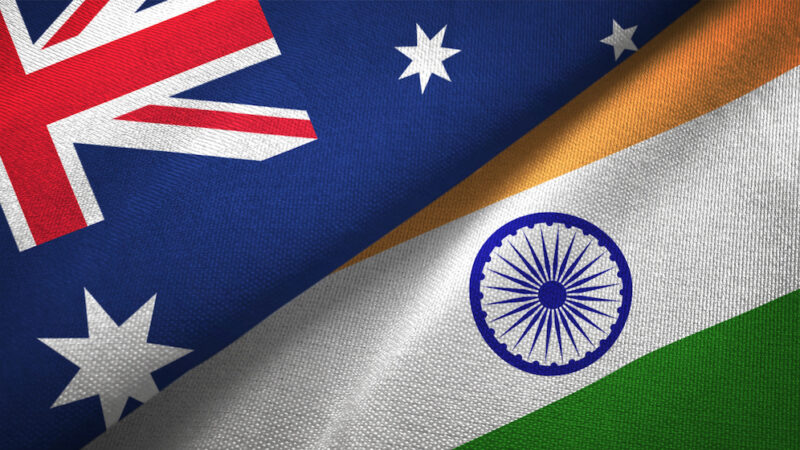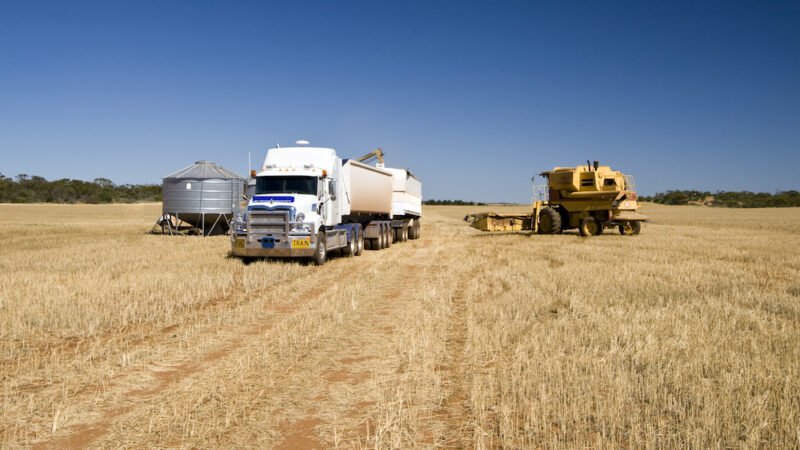Accredited chemical training is easy with SpraySMART, and NSW Farmers members get the bonus of…
Trading places: a trade agreement with India
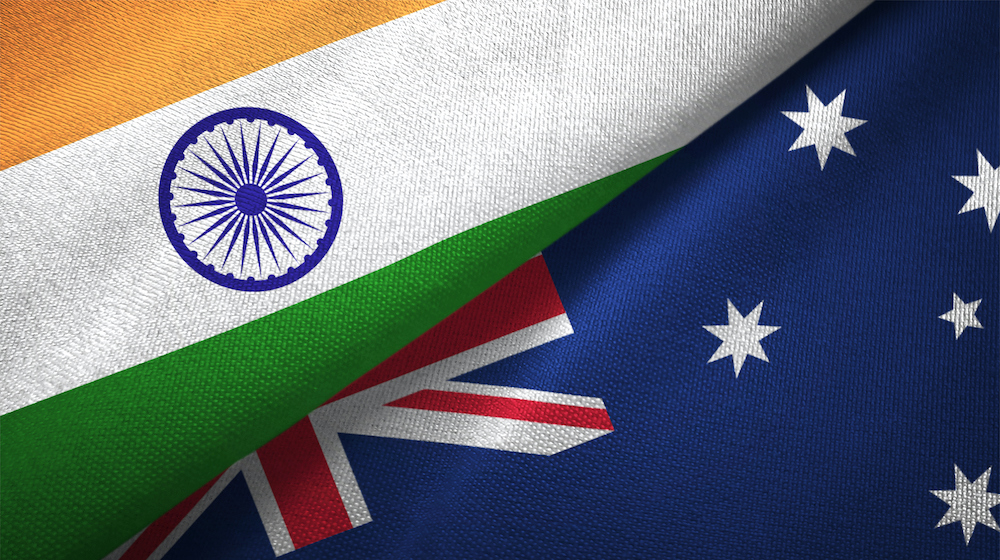
An interim free trade agreement is heralding a new era of trade relations between Australia and India, with tariffs on 85 per cent of Australian exports to be cut and agriculture set to be a key beneficiary.
The value of trade between Australia and India has boomed over the past decade, growing from $13.6 billion in 2007 to $24.5 billion in 2020. The recently inked Australia-India Comprehensive Economic Cooperation Agreement (AI-CECA) aims to deepen this relationship even further, opening both economies to a bigger pool of goods and services. For Australia, the agreement means greater access to the world’s fastest growing economy and a market of 1.3 billion people.
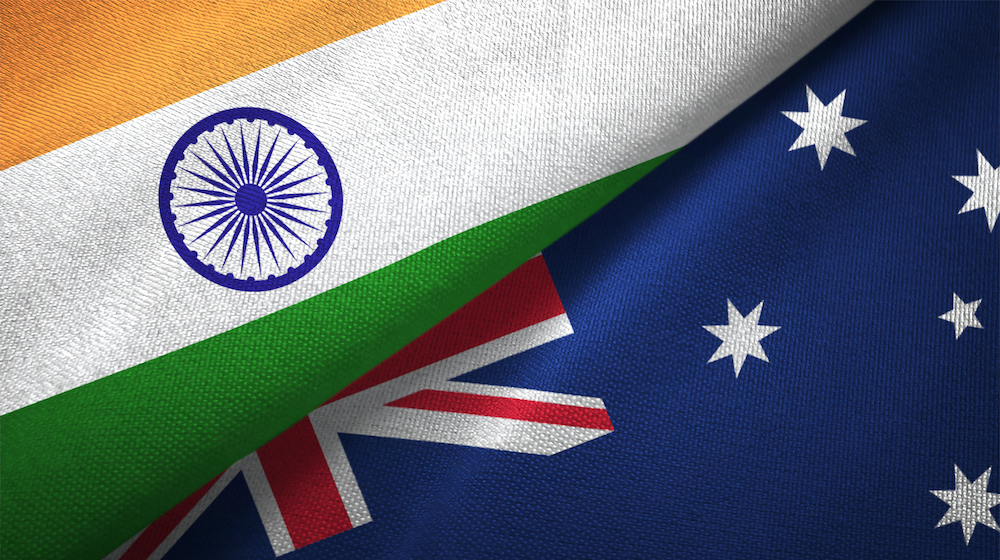
Many agricultural commodities will benefit from immediate and phased-in tariff cuts when the agreement comes into effect later in the year. Sheep meat, wine, fruit, nuts, vegetables, wool, dairy concentrates, lentils and seeds are among the big winners following decade-long negotiations between Canberra and New Delhi.
Jenny Bradley is a sheep producer based near Armatree in central New South Wales and is the chair of the NSW Farmers Sheep Meat Committee. She welcomes the immediate removal of a 30 per cent tariff on Australian sheep meat and looks forward to a more competitive international market for producers.
“This trade deal will make us less exposed to fickle export markets, like what we saw in 2020 when a major trading partner added hefty tariffs to several Australian goods overnight.”
Jenny Bradley, sheep producer and is the chair of the NSW Farmers Sheep Meat Committee.
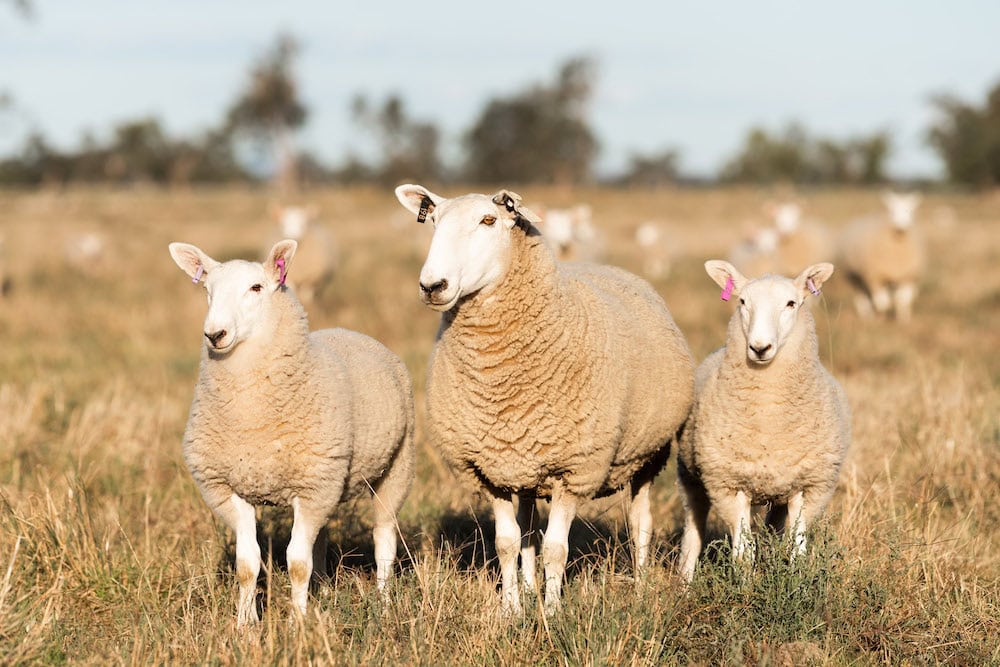
“It is also great timing for lamb producers given our sheep numbers and prices are reaching historic highs. The timing really could not be better.”
The wool industry is another key beneficiary of the proposed trade agreement, buoying the already strong presence of Australian wool in India.
India has become the third largest importer of Australian wool in recent years, and an 82 per cent year-on-year increase in volume purchased between July 2021 to January this year means the agreement is ideally timed.
Horticulture: a big winner
The interim trade agreement, when ratified, will phase out tariffs over seven years on a range of horticultural commodities, including cherries, raspberries, blueberries, macadamia nuts, hazelnuts, avocados, lettuce, celery and spinach.
The macadamia industry sees enormous potential from the scaled back tariff. Chief executive officer of the Australian Macadamia Society, Jolyon Burnett, says the deal coincides with the industry’s drive to make India one of its key export destinations.
“This agreement opens the door to a potentially huge market at a time when the industry is rapidly increasing supply and actively looking for new markets.”
Jolyon Burnett, CEO of the Australian Macadamia Society,
“Eating nuts is part of the Indian way of life and with the necessary market research and trade development, India has the potential to be worth up to $100 million to the industry.”
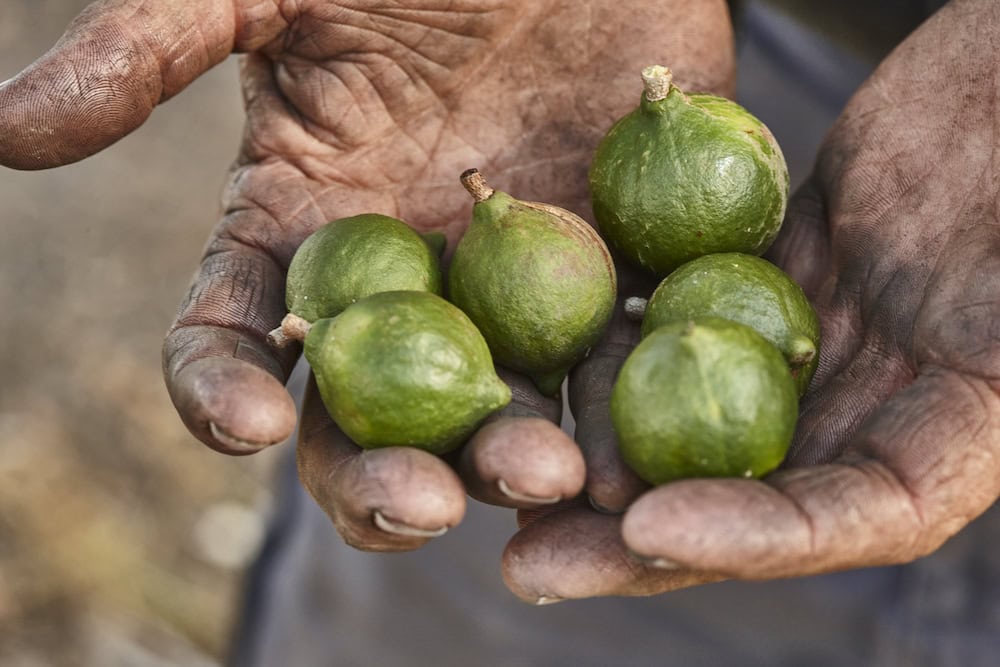
What about the booming cropping sector?
For the cropping sector, which is set to experience its third consecutive bumper crop, the proposed trade deal is mostly business as usual. But industry leaders remain hopeful that come September, when the interim agreement is reviewed, the Indian government will realise an opportunity in Australia’s booming cropping industries.
Grain Producers Australia chair Barry Large said the interim agreement is a positive start but could harness more potential from Australian production.
“Reducing tariffs and other trade barriers for Australian grains will not only open up better opportunities for Australian growers, but it can also deliver real benefits for 1.3 million Indian consumers who can access our high-quality products in their daily diets,” he says.
The omission of chickpeas from the tariff cuts has come as a shock to industry. India – where pulses are a dietary staple – was the dominant export market for Australian lentils and chickpeas prior to the introduction of hefty tariffs in December 2017.
According to the Department of Foreign Affairs and Trade (DFAT), Australian lentil exports to India were worth almost $1 billion while Australian chickpeas had an almost $1.4 billion stake in the Indian market.
While the 2022 interim agreement has given renewed hope to lentil growers, the prohibitive 66 per cent tariff on chickpeas will remain intact.

Pulse Australia chief executive officer Nick Goddard said this is a disappointing outcome that will negatively impact both Australia and India.
“With India effectively shutting the door to Australian chickpeas, not only will Australian growers remain locked out of what was their main export market, but India will be reliant on its domestic crop,” Nick says.
Chickpeas are consumed as a wholefood and they are a key ingredient in dhal, a popular Indian dish, so any disruption to domestic production would be keenly felt there.
“Monsoon conditions present the biggest risk to India’s chickpea production. With the monsoon coinciding with an off-season for chickpea production here, there is no way Australia could just step in during an emergency.”
Nick Goddard, CEO Pulse Australia.
Nick said the tariffs imposed in 2017 were a significant blow to the pulse sector, which had fine-tuned its exports for the Indian market.
“When David Littleproud became Agriculture Minister, one of his first priorities was to have the prohibitive tariffs removed, and within weeks of entering office he was on a plane to India to negotiate with leaders there,” he recalls.
New South Wales had been a leader in breeding chickpeas tailored to the Indian market, with the NSW Department of Primary Industries a co-collaborator with the Grains Research and Development Corporation for the national chickpea breeding program, Chickpea Breeding Australia.
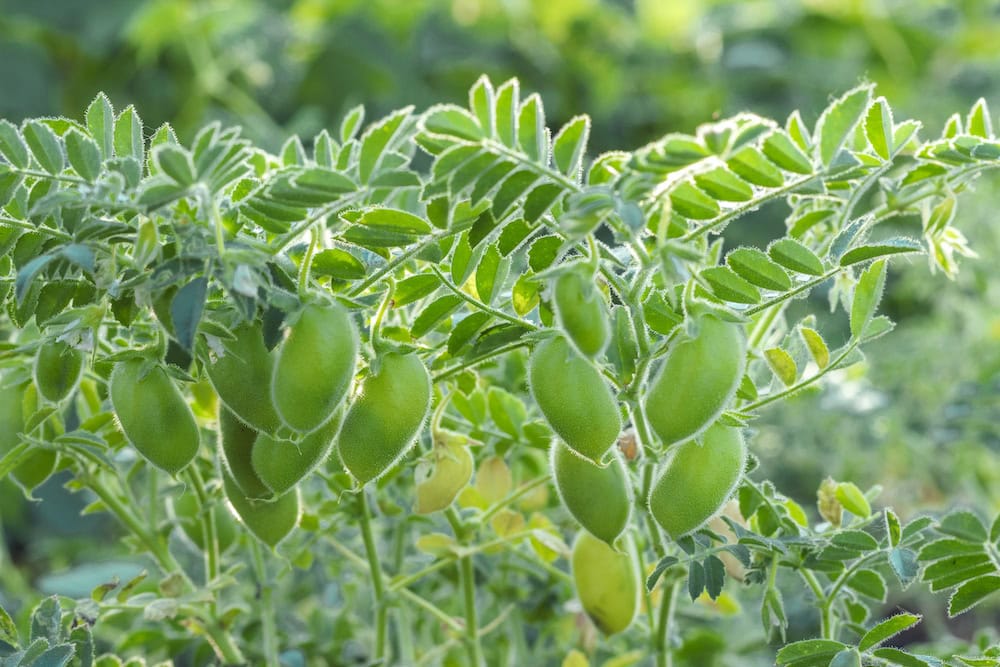
However, the interim agreement is not all unwelcome news for the pulse and oilseed industries. The phase-out of tariffs on crude canola oil over seven years has opened significant market and value-add opportunities. New South Wales will be a key recipient of this value, with canola processing plants in Wagga Wagga, Cootamundra, Manildra and Newcastle. While the removal of an 11 per cent tariff on lentils would only apply up to 150,000 tonnes, Nick says it provides a glimmer of hope and a foot in the door for Australian growers.
Meanwhile, Australian chickpea exporters will have to focus on the burgeoning export market in one of India’s closest neighbours, Sri Lanka.
Move away from China?
While the interim agreement left some industries disappointed, commentators agree it is a positive step in relations between India and Australia. It also comes amid a push to diversify export markets and a possible transition away from China as our dominant trading partner.
According to DFAT, almost one third of Australia’s global trade is done with China, but trade between the two countries has decreased in recent years. Reduced service exports during the pandemic are the main factor behind this drop, but trade restrictions imposed by China in 2020 also explain a 3 per cent drop in that year alone.
China surprised Australian producers in 2020 when it placed tariffs on a range of Australian goods. A prohibitive 80 per cent tariff on Australian barley drastically altered the industry’s exports to what was its biggest global customer.

Barley producer and Chair of the NSW Farmers Grains Committee Justin Everitt says fickle trade dynamics impacted on a farmer’s bottom line.
“Exporters are at the mercy of global politics and decision-making, but at the end of the day we just want a decent price for our produce.”
Justin Everitt, barley producer and Chair of the NSW Farmers Grains Committee.
However, many in the grains sector believe there are problems at home as well as abroad, with Justin hinting at a push among growers to obtain greater price transparency through an Australian Competition and Consumer Commission inquiry.
“International prices are highly disparate to what we’re receiving, and this has come into sharp focus with the war in Ukraine pushing the global wheat price right up,” he says.
Where does India currently sit in Australia’s trade portfolio?
India is Australia’s seventh biggest trade partner after China, United States, Japan, Republic of Korea, United Kingdom and Singapore. Agricultural exports were worth $49.6 billion in 2021, making it the third biggest export sector after minerals and fuels and the service sector. Beef has been Australia’s main agricultural export, while cropping and dairy have seen significant growth over recent years.
Australia signed a free trade agreement with the United Kingdom in December 2021, which is expected to come into effect this year. Under the agreement, tariffs on Australian wine, beef, sheep meat and sugar will be removed immediately for over eight to ten years.
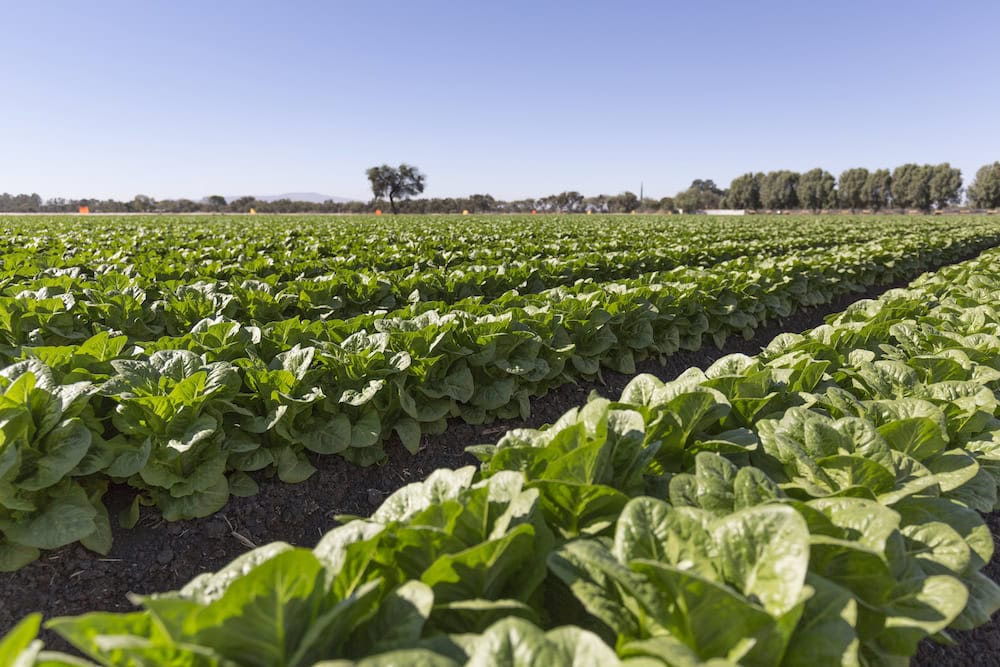
Snapshot of interim trade deal with India
- Sheep meat tariff of 30 per cent eliminated immediately.
- Wool tariffs of 2.5 per cent eliminated immediately.
- Tariff of 50 per cent on infant formula and protein concentrate phased out over seven years.
- Tariffs up to 30 per cent on cherries, raspberries, blackberries, blueberries, currents, macadamia nuts, cashews, shelled pistachios, hazelnuts, avocados, onions, shallots, leeks, lettuce, cucumbers, asparagus, spinach, artichokes, celery and olives eliminated over seven years.
- Tariffs on peas, figs, dates, strawberries, kiwifruit, lychees, garlic and pineapples halved over seven years.
- Tariffs on barley and oats bound at zero per cent.
- Tariffs up to 30 per cent on sunflower seeds, safflower seeds, linseed and poppy seeds eliminated over seven years.
- Tariffs on adzuki beans, kidney beans, broad beans and split beans eliminated over seven years.
- Tariff of 11 per cent on lentils eliminated up to 150,000 tonnes per year.
- Tariffs up to 45 per cent on crude canola oil, crude palm oil and olive oil eliminated over seven years.
If you enjoyed this story, you might like our feature on China’s tariffs leading farmers to other markets.





